For me, Santa Fe is all about layers, from layers of sediment in the starkly beautiful mesas and buttes and mountains to the layers of history and culture. First there were the indigenous people, then the Spanish, then in the last century, the artists and healers who were drawn by the light and the spirituality of the high desert.
We’ve been scared, but mostly lately we’ve been brave.
Appropriately, the women who traveled with NextTribe on our first excursion to Santa Fe were equally layered. We were women who had made it through many incarnations and were planning still more. Among our group were three women who had recently lost jobs and were looking for new paths, and two women who had just gotten divorced. There was a mother-daughter duo, a pair of sisters, long-time friends and those who knew no one. We were wives and mothers; business leaders and professionals; nurses, volunteers, and all forms of caretakers; we’ve been rocked by grief and joy alike. We’ve been scared, but mostly lately we’ve been brave, which is how the 14 of us found ourselves together in this magical part of New Mexico last month.
No matter what our backgrounds, we all had come on this trip because we wanted to embrace life after months of sitting still and staying put; we wanted to connect with like-minded women and reconnect with ourselves.
Here are the layers of Santa Fe we explored and the layers of friendship we discovered.
Read more: On the Way to Machu Picchu: The Dead Woman and the Turn-Around Lady
Layer One: The Earth
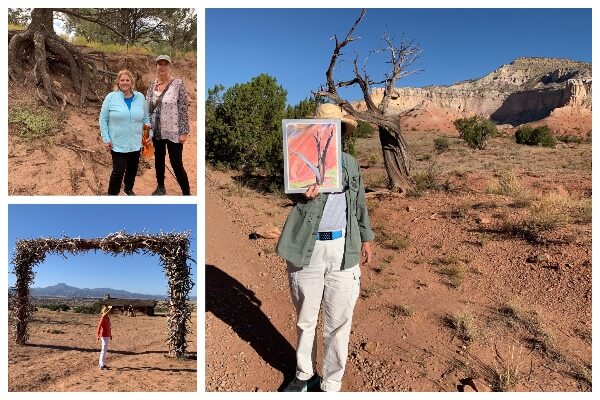
Clockwise from top left, Liz Buckley and Carolyn Gillinsky hiking in an arroyo; the twisted trunk that Georgia O’Keeffe called Gerald’s tree–in real life and in her painting from 1937; an entry way at Ghost Ranch.
The foundation for all that Santa Fe has been and is now is the wondrous land it sits on. It’s full of extremes and not in the least bit gentle—but still gorgeous for the sharpness of the cuts of mountain and rock and the way the earthly shapes interact with the expanse of sky and for the contrasts between flat and soaring, shadows and light.
Our most thorough immersion in the splendor of the land was our tour of Ghost Ranch.
The air in mid-September is cool in the mornings and evenings and so crisp that you expect the sky to shatter. The look and feel of Santa Fe wrapped all that we did in an exoticism that belied the fact that we were still firmly in the U.S. borders.
We got plenty of outside time, walking in the hills south of Santa Fe near the home of the NextTribe member, Amy Kawadler, who served as our local guide for the five days. Yellow flowers and pinon trees set the stage and occasionally, we stopped to admire the natural beauty of exposed roots that resembled dreadlocks on the banks of an arroyo or a collection of shimmering rocks strewn to resemble a sun dial, so beautiful it almost seemed purposeful. Here, everything natural seems to rise to the level of art.
Our most thorough immersion in the splendor of the land was our tour of Ghost Ranch, north of Santa Fe. We were captivated by lavender hills, twisted tree trunks, curtains of cliffs and a guide showed us the paintings Georgia O’Keeffe had made of these same views decades ago. We heard how the natural world inspired O’Keeffee, and as I took in ridges that stood like rusty tiaras above us, I understood how this place got stuck in her soul.
Layer Two: Native Americans

Clockwise from top left, Norma gathering peppers in her garden; tamales steaming; Leslie Mendel helping Norma put empanadas in the horno, Julie Brewer and Jane Williams making pico de gallo; Norma tending the fire; finished empanadas.
My first time in Santa Fe was in 1993, when I wrote a story for Travel + Leisure magazine about a tour company run by Elena Ortiz, a Native American with deep ancestral roots in the area. We traveled from the pueblos north of Santa Fe all the way to Zuni and Hopi lands and Canyon de Chelly in Navajo territory. From that trip, I’ve had a special appreciation for the enchanting spirituality that Native American culture adds to the region, something that is often not fully explored on conventional visits to Santa Fe.
You’re cooking dishes from 500 to 600 years ago.
I sought out a way to go deeper into Native American life, and I found it through Norma Naranjo, a member of the Ohkay Owingeh pueblo who opens up her home for lessons on cooking traditional dishes. In the back of her house were two igloo-shaped structures called hornos. When we arrived, Norma’s husband Hutch was tending a fire in one of the hornos while chickens clucked mightily in a coop not far from the family’s small vegetable garden. The smell of burning juniper on the cool breeze capped off the sense of rustic bliss.
“You’re cooking dishes from 500 to 600 years ago,” Norma told us before we began tackling her recipes for tamales, empanadas, pico de gallo and green chile stew. We cooked the empanadas and warmed the bread out in the horno, and learned Norma’s method for testing the heat inside the primitive oven (which involves timing how long it takes a piece of newspaper inside the oven to turn brown).
She talked about the four pillars of the indigenous diet—squash, corn, beans and chiles. In fact, Norma has written a cookbook called The Four Sisters, which she so named because the number four figures prominently in the culture—not just for the four ingredients she mentioned, but also, she told us, the four directions, the four colors of corn, and the four seasons.
“The true highlight of the trip was having Norma welcome us into her home and tell us about her life and her pueblo,” wrote one of our guests in a post-trip questionnaire. “You don’t get that every day. Oh the bonus was that we all got to work together to make great food. Great camaraderie.”
Layer Three: The Spanish
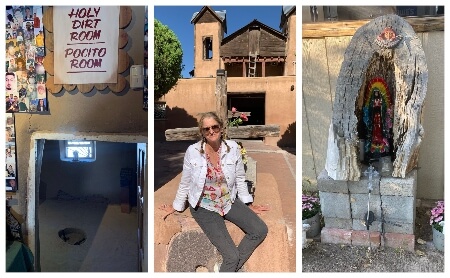
The holy dirt room at El Sanctuario de Chimayo; Jeannie Ralston in front of the church that has a special place in her heart; a roadside shrine.
The Spanish are the bad guys in this story, but you can’t ignore their influence. Much of it is evident in the food scene in Santa Fe. You can find restaurants that offer traditional and new twists on Mexican food on every other corner. For instance, at our dinner at Paloma, we feasted on pollo en mole, carnitas and so many variations on margaritas.
Liz Buckley swore later that evening that her asthma had disappeared after sprinkling herself with the good earth.
Also staking a spot on every other corner, or so it seems, are churches. The ones in Santa Fe are mostly ornate, but the place that most fascinated me was El Santuario de Chimayo, north of the city. I had a particular interest in this church because visitors can take some of the holy dirt, which is supposed to bring healing and enlightenment. Twenty-five years ago, when my husband and I were having trouble getting pregnant, he went and threw some holy dirt down his pants. Next month, I ended up preggers.
On this visit, I wanted to stop there because I needed some holy dirt for my soul. I had just been through a divorce and I thought if it was powerful enough to improve our fertility back then, maybe it could help me find my path ahead. This lapsed Catholic prayed in the sanctuary amid colorful, primitive religious décor, then went to the chapel with the words “Holy Dirt” over the door. I dug up some dirt from the hole in the ground and sprinkled some over my head. For good measure, I took some with me in a small canister I bought at the church’s gift store.
Many of the NextTribe adventurers took home dirt as well, and one, Liz Buckley, swore later that evening that her asthma had disappeared after sprinkling herself with the good earth.
Layer Four: Art and Culture
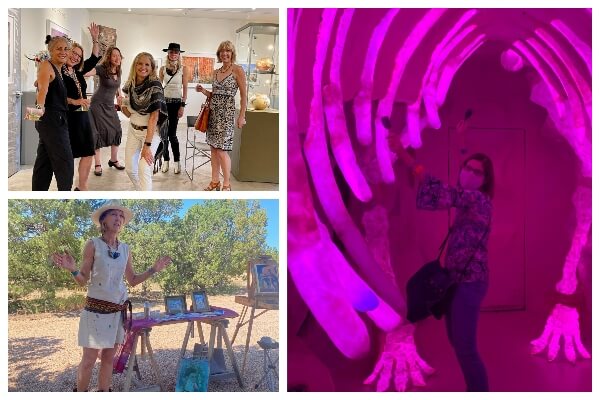
Clockwise from top left, a private reception with local artists at a Santa Fe gallery, Leslie Mendel “playing” dinosaur ribs at Meow Wolf; plein air artist Lisa Flynn.
In the early part of the 20th Century, Santa Fe’s dry air drew many people who were recovering from tuberculosis. Some of them were artists, who stayed on after they recovered not so much for the dry air, but for the inexpensive living, the exoticness, and the quality of the light.
Maybe they were just high on the supercharged creative atmosphere that has long existed here in Santa Fe.
Many of our activities over the five days centered around art. Amy, our local guide, arranged a reception with women artists our age at Obscura Gallery, and also set us up for a demonstration by well-known plein air artists Lisa Flynn. At a private party at the Museum of the Sixties, we heard from Lisa Law, the museum’s founder and a photographer who captured the goings-on at Woodstock and many of the top music acts of the decade.
Our visit to Meow Wolf, an art experience that almost defies description, wasn’t as personal, but it was outright giddy in its scope and execution. As I played music on the “ribs” of a dinosaur, climbed into a dryer to slide into another room, and walked through a forest of neon trees, I kept thinking, what were these people smoking when they thought of this? And where can I get it? Maybe they were just high on the supercharged creative atmosphere that has long existed here in Santa Fe.
Layer Five: Friendship
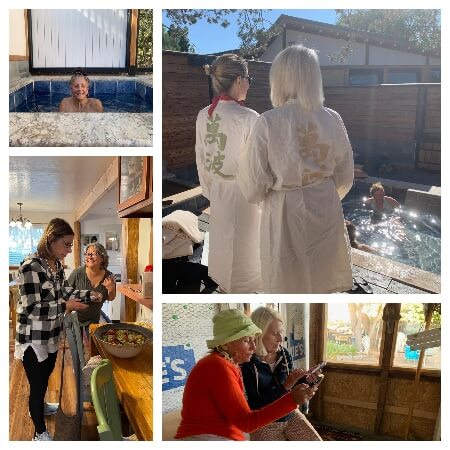
Clockwise from top left, our local guide Amy Kawadler; our mother-daughter pair at Ten Thousand Waves spa; Linda Clifford and Elaine Wheeler comparing photos; Leslie Mendel and Cathy Arce goofing off while cooking dinner.
No trip is just about seeing sights—as wondrous as they all might be. It’s people who make the journey memorable. The people you meet and the people you travel with.
NextTribe trips are designed so that our travelers meet plenty of local women at the same stage in life. Connection with those who live in a place helps get you beyond the travel-brochure surface of a destination.
Soon almost half the group had gotten the bold badge of honor, some multiple times.
And the connection between all of us travelers grew more and more apparent as the days progressed. Several women gathered at night at a fire pit on the hotel roof top for chats and full-moon gazing. For our time at the internationally famous Ten Thousand Waves spa, built like a true Japanese ryokan, we goofed around like old pals in two private pools. One of our group, who shall remain nameless, decided to go the clothing optional route, which didn’t ruffle an eye lash because after all, haven’t we seen everything at this point?
I challenged the group to prove their boldness by first heating themselves up in the sauna and then jumping in the 55-degree water in the “cold plunge” pool. I did it first and the gauntlet was down; soon almost half the group had gotten the bold badge of honor, some multiple times. As painful as the first shock of the water was, those of us who dared to try reported feeling invigorated afterward. “I feel like every atom in my body is buzzing,” said Amy Kawadler.
The good feelings we developed for each other were infectious. One night, I met a woman our age in the hotel’s hot tub and soon discovered that she was also going through a divorce and also temporarily between homes. When I learned she would be in Austin for our NextTribe Out Loud event on Oct. 20th, I invited her as my guest. This is how women at this point in our lives do it.
When it was time to leave, promises to keep in touch or travel together again were made. I left earlier in the morning than most (several women tacked on a few more days) and I put out a text to the group that I had a bottle of chilled wine leftover for whoever wanted it. Leslie Mendel, who came from Atlanta without knowing anyone, wasn’t about to let it go to waste.
When she came to my hotel room, we hugged and she said that she and “the girls” were going to drink some later that day up at the pool. For some reason that made me the happiest I’d been on the whole trip—knowing that for all of us multi-layered, multi-faceted women fun had been had, friendships made and an exuberant step toward a more-connected normal had been taken.
Read More: What Mexico’s Day of the Dead Celebration Teaches Us About Living in This Year of Loss
Photos above contributed by: Liz Buckley, Patty Gravatt, and Jeannie Ralston.

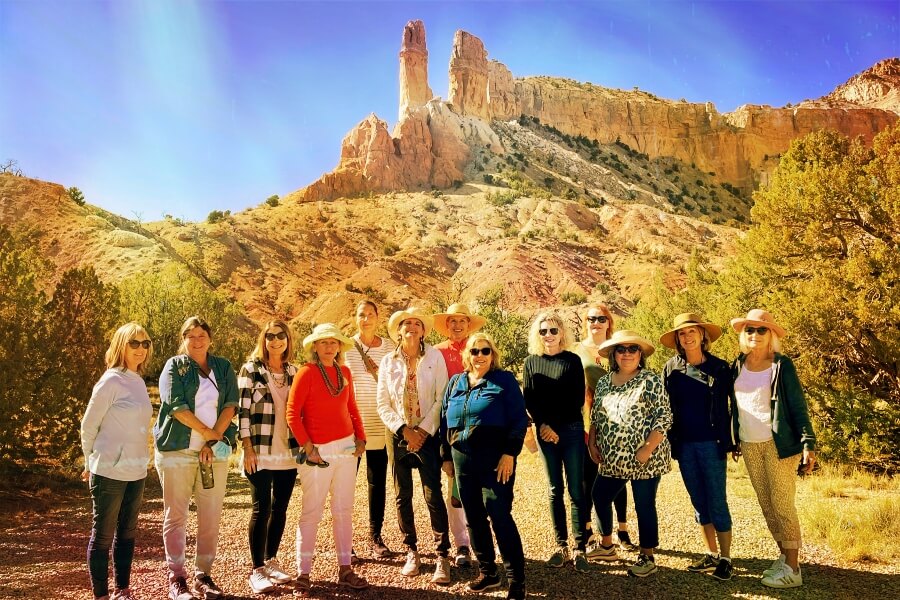
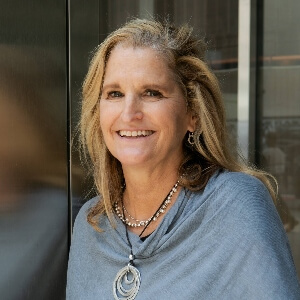
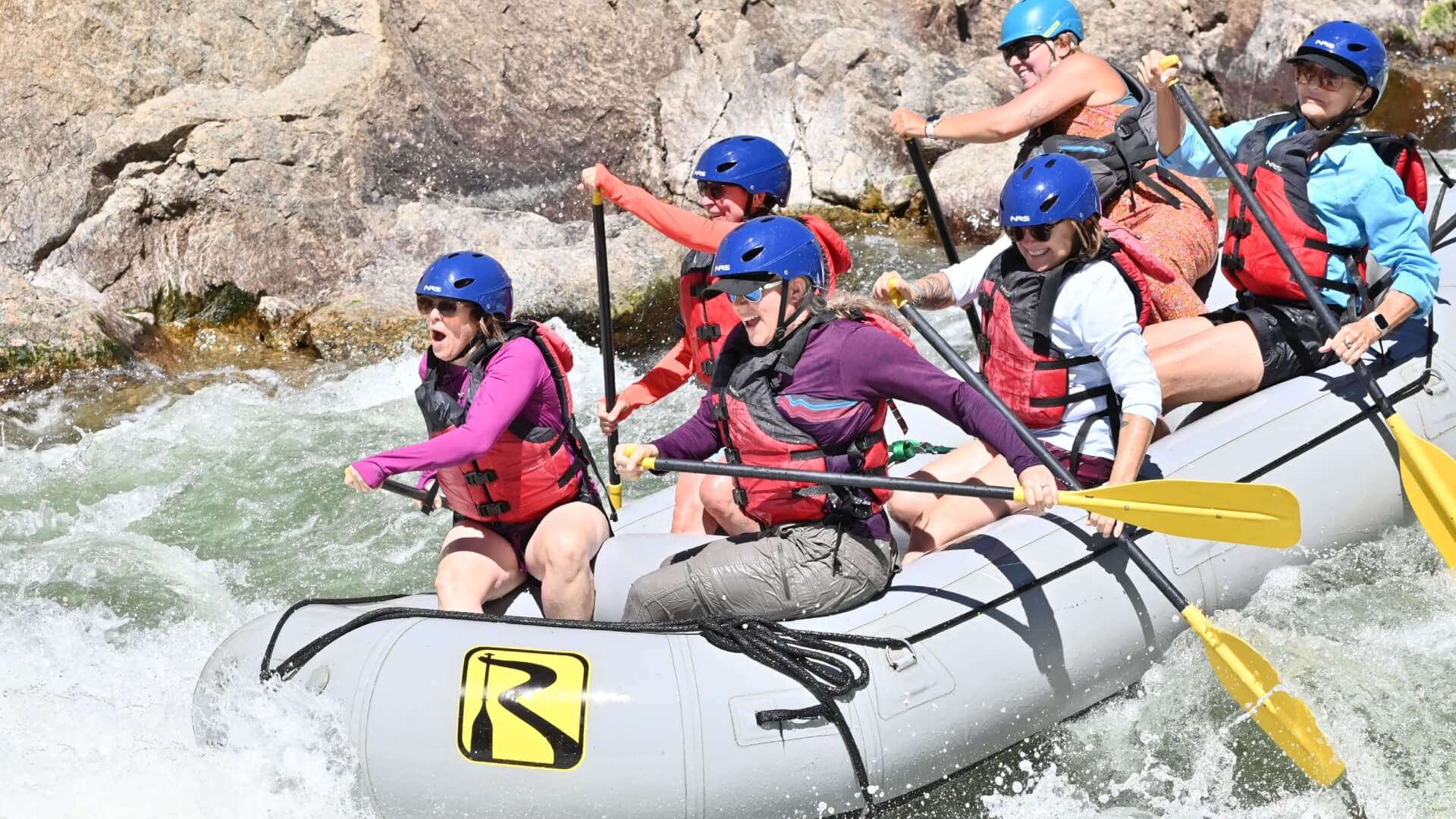

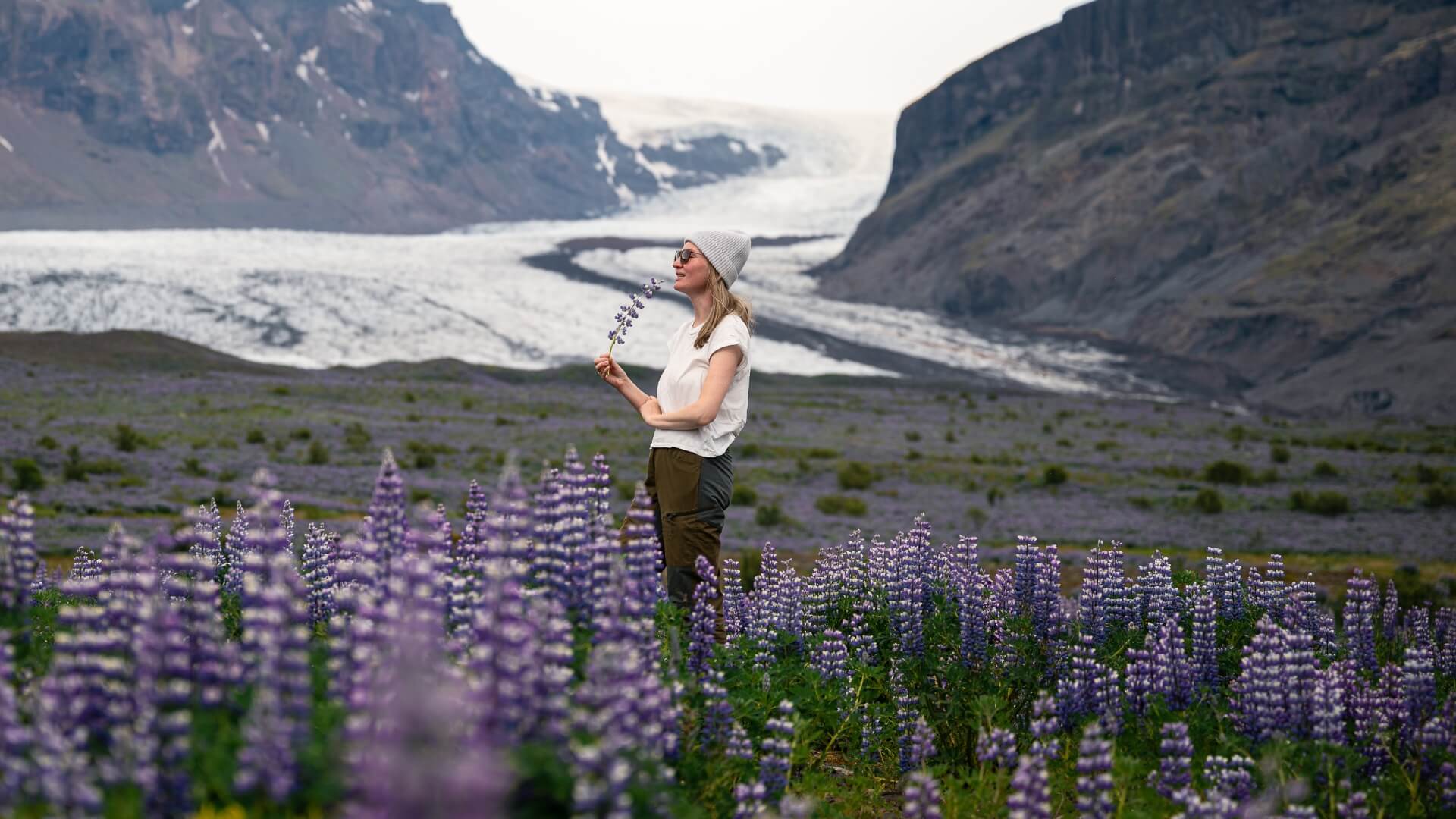
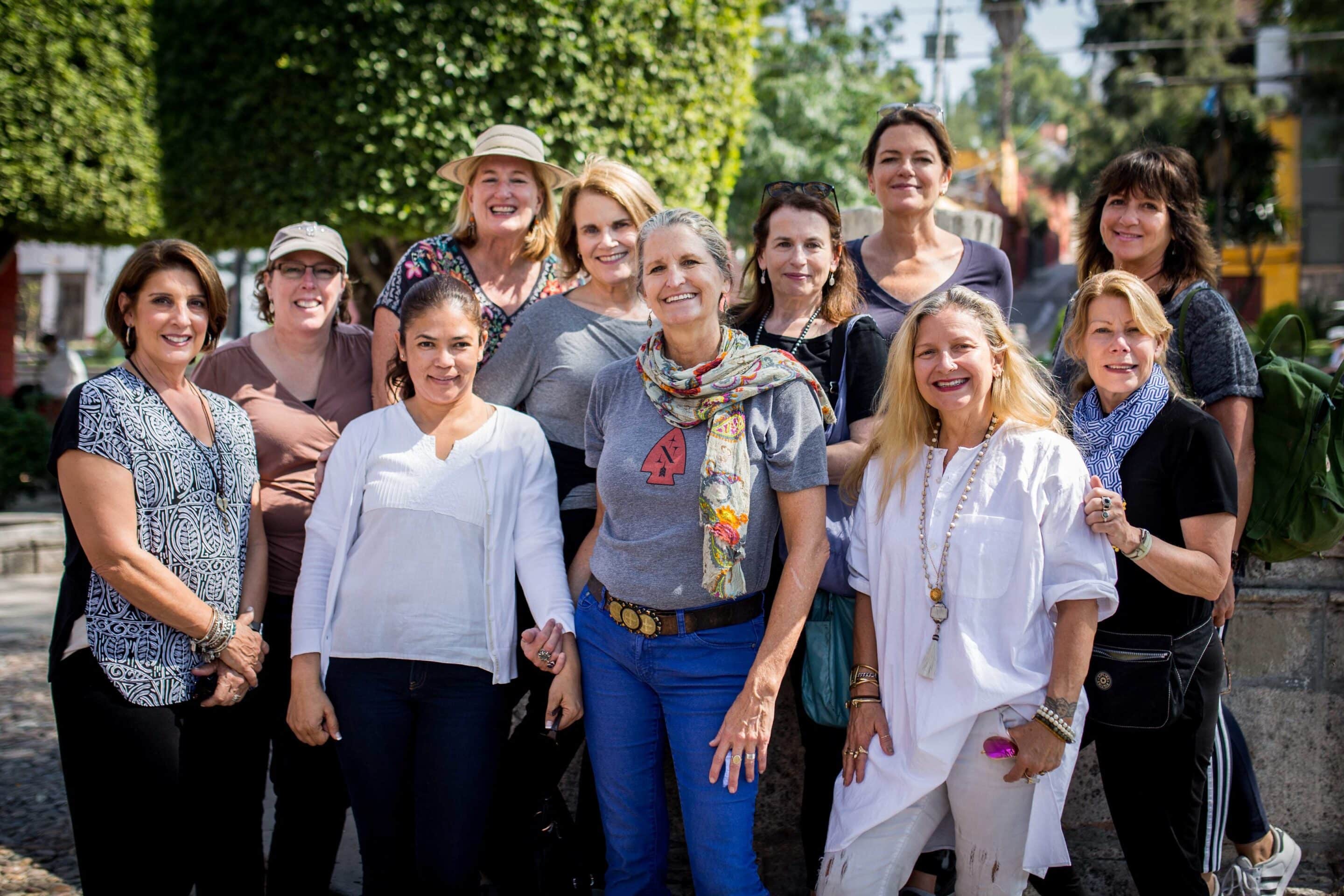


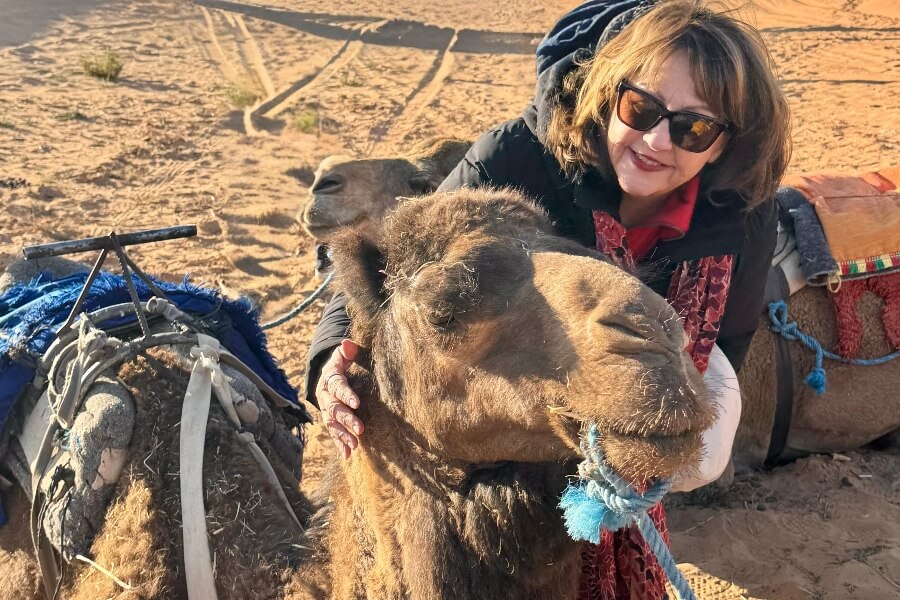
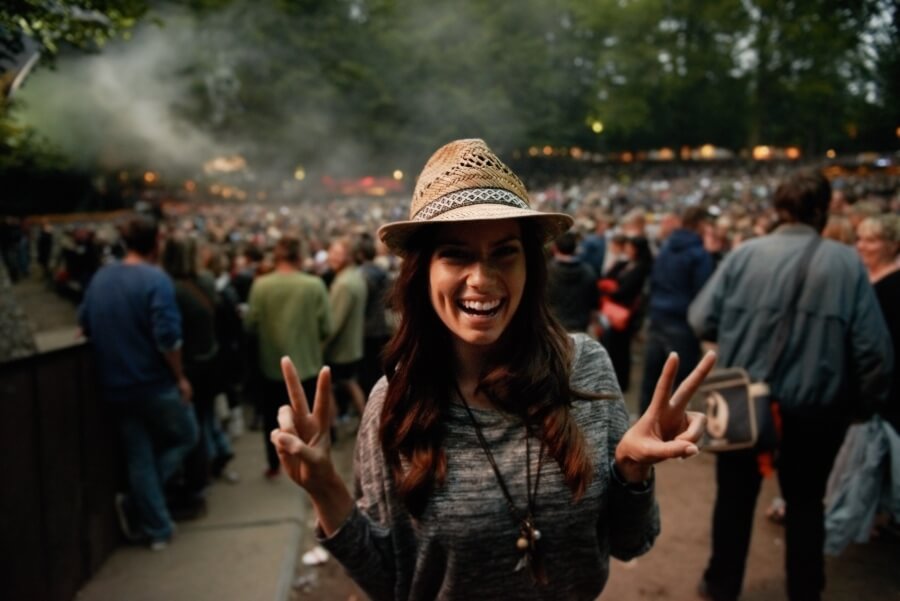
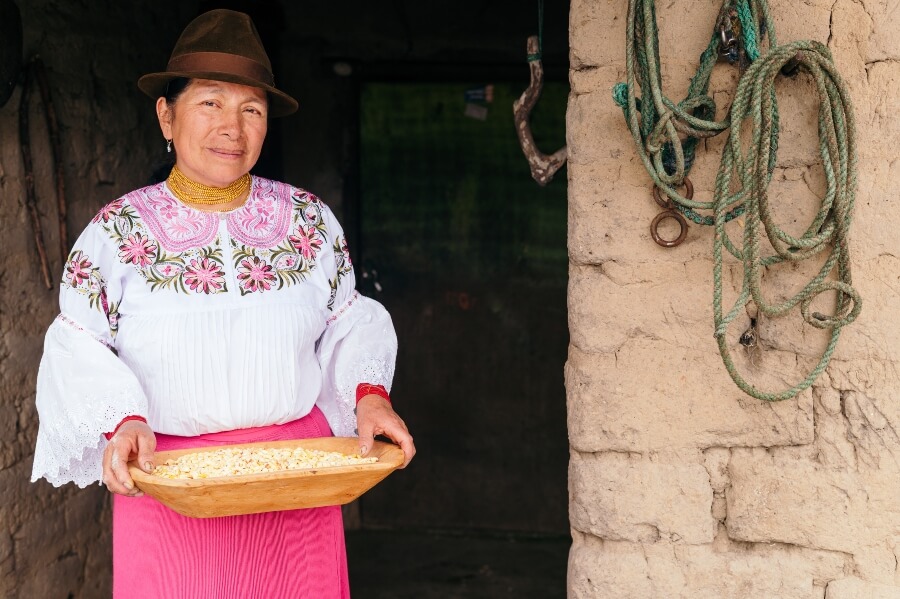
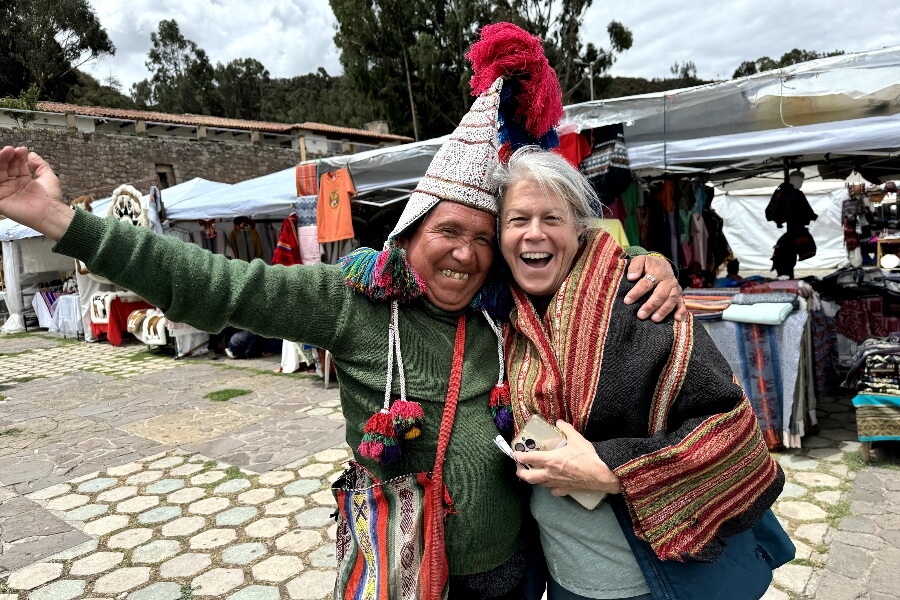
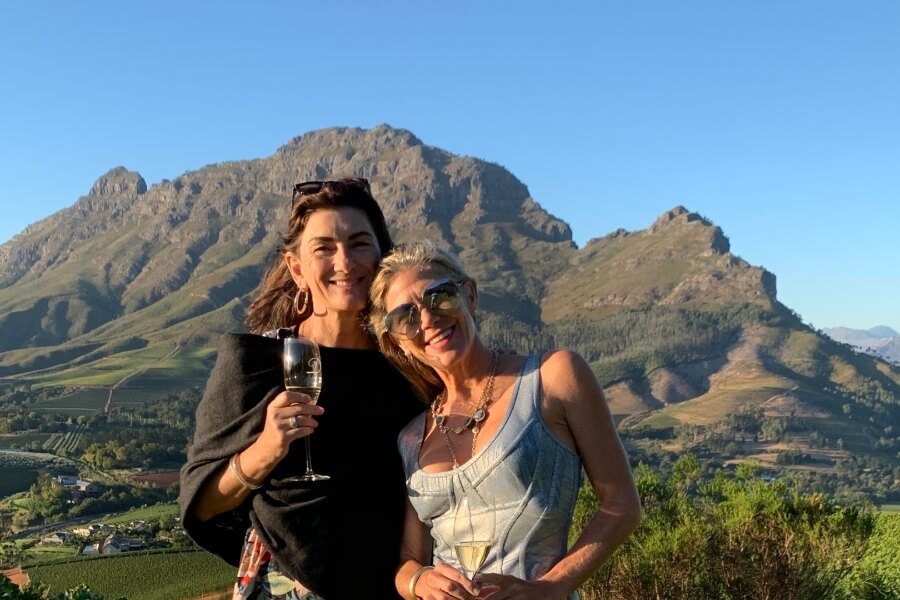
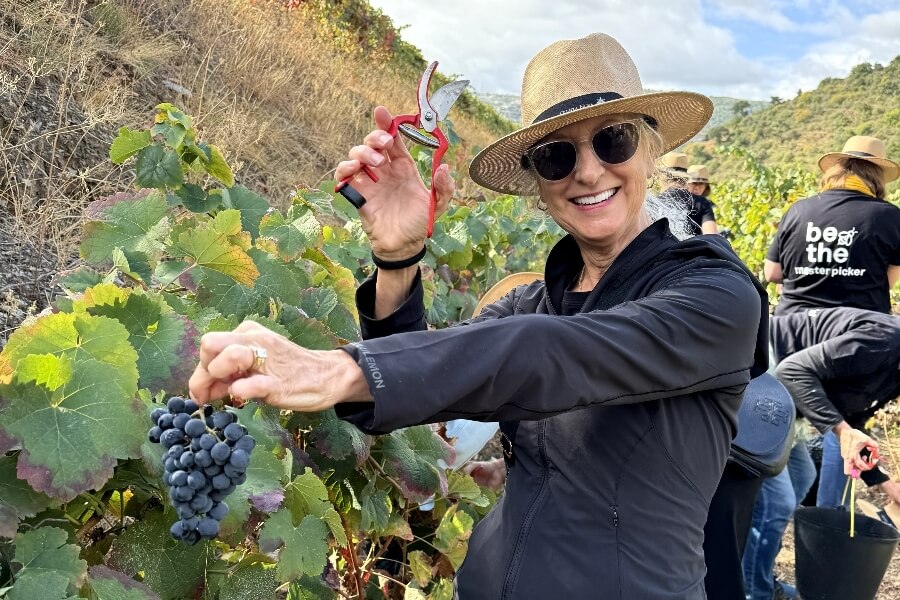
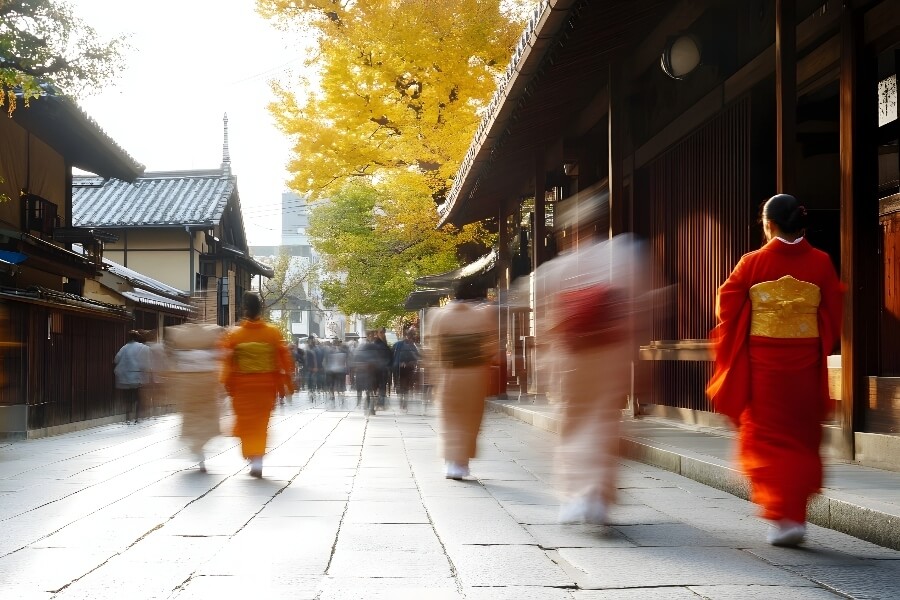
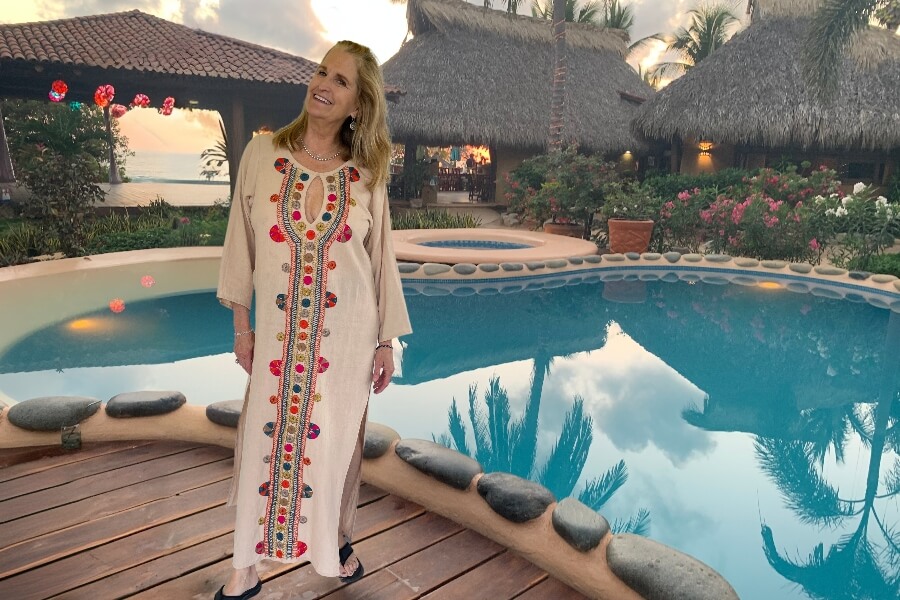
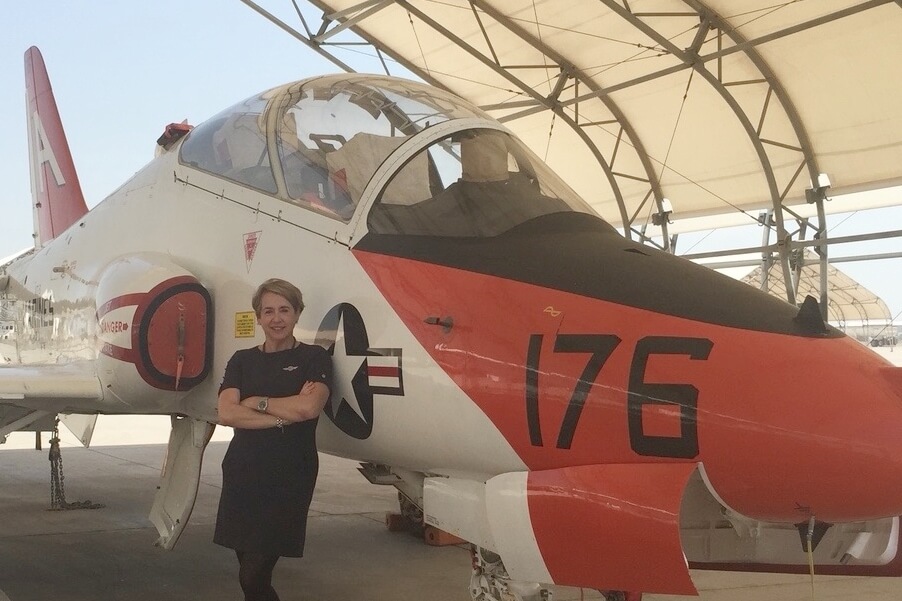

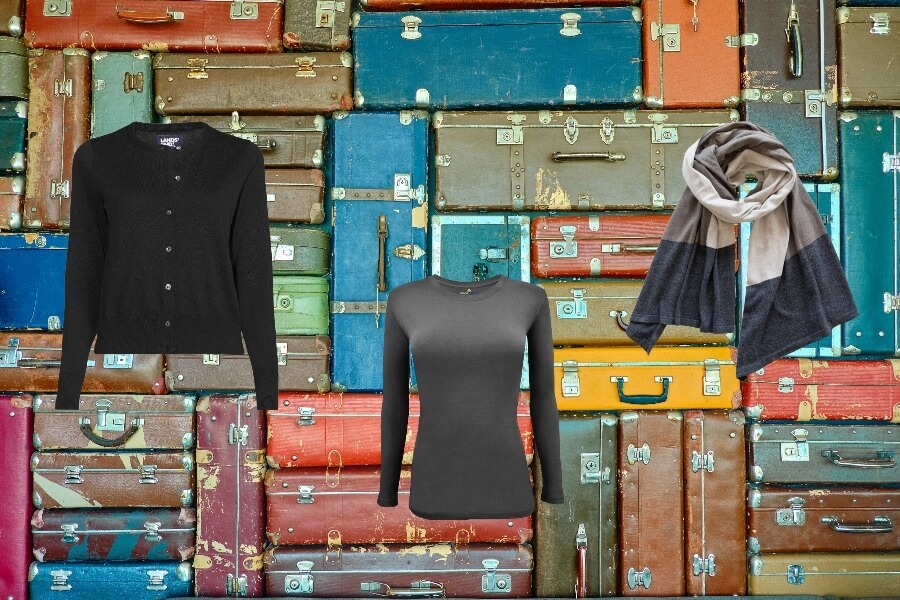




0 Comments